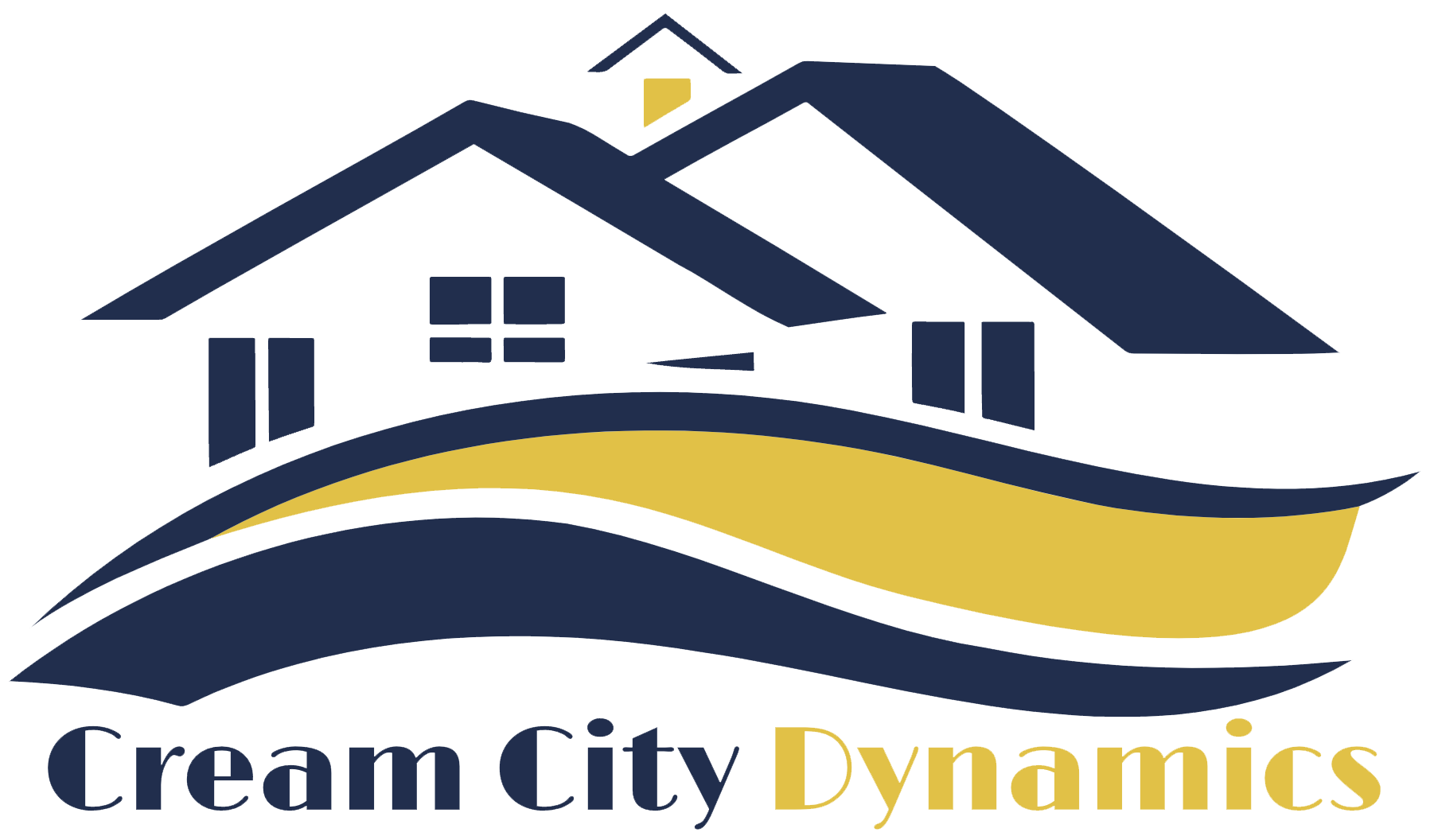
Living in West Allis may not come with the looming threat of hurricanes or wildfires, but that doesn’t mean residents are free from natural disasters. The region is vulnerable to severe thunderstorms, intense snowstorms, high winds, flooding, and even the rare earthquake. Many homeowners are surprised to learn that their existing insurance policy doesn’t automatically cover all these risks. That’s why understanding your coverage—and ensuring it’s aligned with local threats—is so important. This West Allis Disaster Insurance Guide helps homeowners and renters alike navigate the unique challenges of insuring property in a Midwest city that experiences a variety of unpredictable weather events. Without the right protection in place, a single storm can turn into a financial disaster. Whether you’re a first-time homeowner or long-time resident, this West Allis Disaster Insurance Guide is your go-to resource for making sure your policy truly protects you from the unexpected.
What Standard Homeowners Insurance Actually Covers
A common misconception among property owners is that homeowners insurance is all-encompassing. In reality, most policies are built to cover common perils like fire, theft, and certain types of storm damage. But the moment you assume you’re covered for everything, you could be putting your finances at risk. Flooding and earthquake damage, for example, are almost never included in standard plans. This West Allis Disaster Insurance Guide encourages every homeowner to closely review their current policy and speak with an insurance advisor to understand the fine print. Coverage limits, deductibles, and exclusions vary greatly from one policy to another, so it’s vital to ensure your plan reflects your current needs and home value. Insurance isn’t just a checkbox—it’s a lifeline when disaster strikes.
Flooding in West Allis: Are You Covered?
Flooding might not be as dramatic in West Allis as in coastal regions, but that doesn’t make it any less destructive. Heavy rains, clogged storm drains, and rapid snowmelt have been known to cause flash floods throughout southeastern Wisconsin. In many neighborhoods, finished basements and ground-level units are especially at risk. What most people don’t realize until it’s too late is that flood damage is not covered under a typical homeowners insurance policy. This is a crucial point addressed in the West Allis Disaster Insurance Guide. To be protected, you need a separate flood insurance policy—often available through the National Flood Insurance Program or private providers. And because flood zones aren’t always obvious, even homes outside high-risk areas can benefit from the added security of a policy designed to handle water-related disasters.
Should You Consider Earthquake Insurance in West Allis?
Earthquakes in West Allis may be rare, but they’re not impossible. Minor seismic activity has been recorded across Wisconsin, and while the threat may seem remote, the damage from even a small quake can be significant—especially to older homes or those with weakened foundations. Earthquake damage is another hazard that isn’t typically included in basic homeowners coverage. As this West Allis Disaster Insurance Guide explains, adding an earthquake endorsement is often affordable and can provide valuable peace of mind. Even if you never need to file a claim, knowing your home is protected against the unexpected is a smart long-term decision—especially when rebuilding costs and repair timelines are taken into account.
Tornado and Windstorm Damage: Are You Protected?
The Midwest is known for unpredictable weather, and West Allis is no exception. High winds and severe storms roll through every year, and while most homeowners insurance plans do cover wind-related damage, not all policies provide the same level of protection. In some cases, windstorm deductibles are separate—and higher—than the standard deductible for fire or theft. This West Allis Disaster Insurance Guide stresses the importance of reviewing how your insurance handles wind events, especially given the rise in extreme weather over the past decade. Damage to roofs, fences, windows, and siding is common during strong storms, and if your policy doesn’t provide adequate coverage or has hidden limitations, you could be left covering repairs out of pocket.
Snow, Ice, and Winter Storm Coverage in West Allis
Winter in West Allis brings its own set of challenges, from ice buildup and heavy snow to freezing pipes and dangerous icicles. Homeowners often assume their insurance covers all cold-weather damage, but that’s not always the case—especially if the damage could have been prevented with routine maintenance. Insurers frequently deny claims related to burst pipes if the home wasn’t properly heated, or if roof damage is blamed on neglected ice dam prevention. The West Allis Disaster Insurance Guide highlights the importance of knowing where your responsibilities as a homeowner begin and end. While many winter-related perils are covered under a solid policy, taking proactive steps—like adding insulation, cleaning gutters, and sealing windows—can make the difference between a paid claim and a denied one.
Disaster Insurance for Renters in West Allis
It’s easy to overlook insurance as a renter, especially if your landlord carries a policy on the building. But their coverage won’t extend to your personal belongings, which means your furniture, electronics, clothing, and valuables are vulnerable during a disaster. Renters insurance is an affordable way to gain peace of mind, and it often includes additional living expenses if you’re forced to relocate due to storm or flood damage. The West Allis Disaster Insurance Guide urges all renters to secure a policy that protects their possessions—and to consider add-ons for flood or earthquake coverage when applicable. In a city where winter storms and flash floods can happen with little warning, having renters insurance could mean the difference between recovering quickly and starting over from scratch.
How to Review and Update Your Insurance Coverage
A home is one of the biggest investments you’ll ever make, but insurance coverage often stays the same even as your property changes. Whether you’ve remodeled your kitchen, finished a basement, or purchased high-value electronics, your coverage needs have likely evolved. The Disaster Insurance Guide encourages homeowners to perform an annual insurance review to make sure your policy aligns with your home’s current value and your lifestyle. In many cases, small adjustments can yield big improvements in protection—whether that means increasing your dwelling limit, adjusting your deductible, or adding endorsements for sump pump backups, sewer overflows, or home office equipment. Keeping your policy current ensures you’re not left vulnerable during a claim.
Emergency Preparedness Starts with Insurance
Insurance is just one part of disaster preparedness—but it’s the foundation everything else depends on. You can stock up on bottled water, flashlights, and batteries, but if your insurance isn’t up to date or doesn’t cover the type of damage you’re most likely to face, all that preparation may still leave you financially exposed. This Disaster Insurance Guide urges homeowners to think beyond the basics: create a digital home inventory, know how to contact your insurance agent in an emergency, and learn the steps involved in filing a claim. The more informed you are before disaster strikes, the faster you’ll be able to recover when it does. Peace of mind doesn’t just come from having a policy—it comes from knowing exactly what it covers and how to use it when the time comes.
